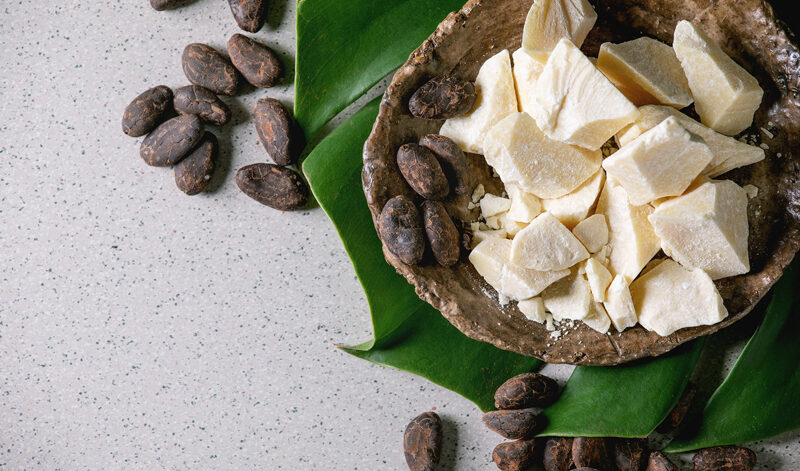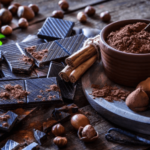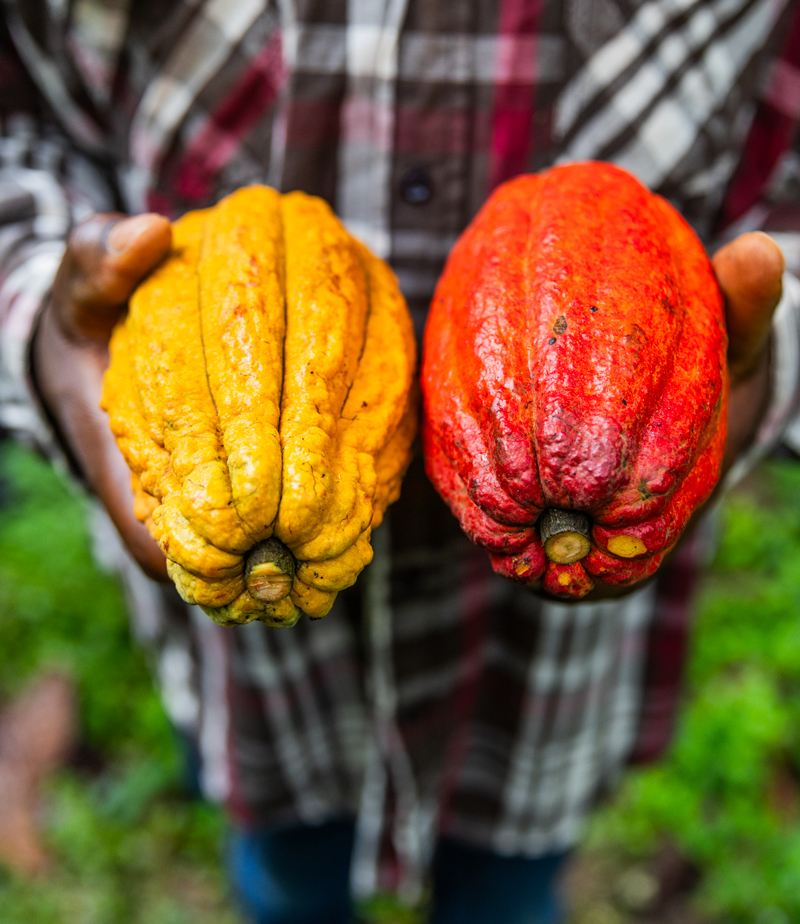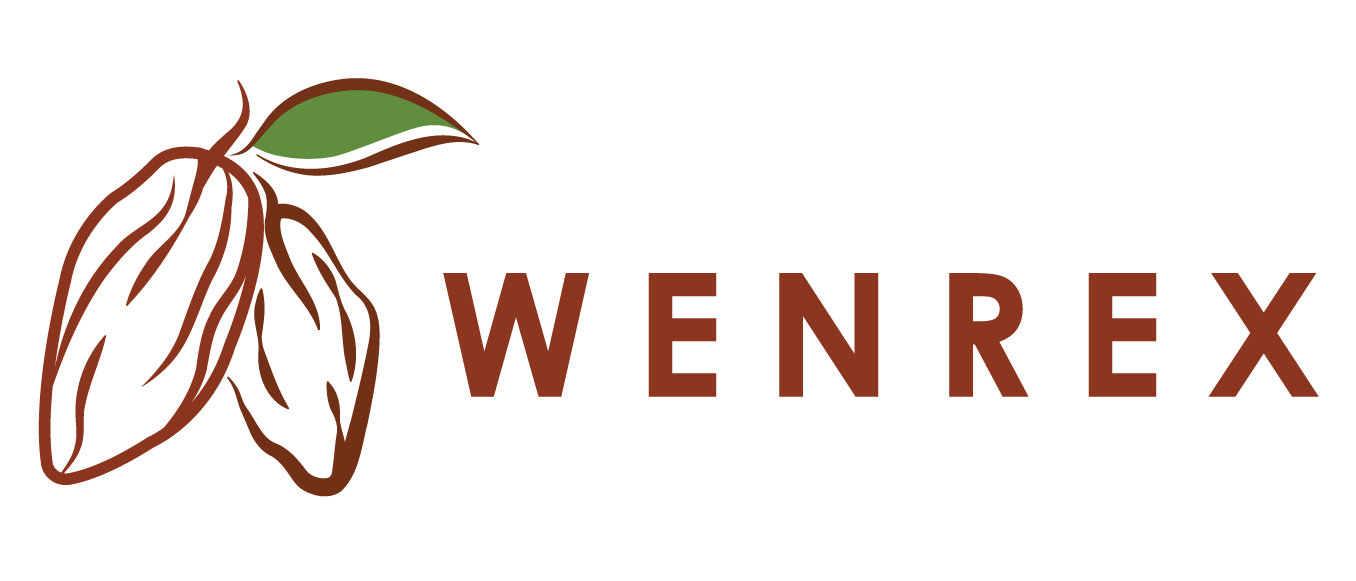Cocoa butter is a highly demanded product widely used in cosmetics, food, and pharmaceuticals. A proper sourcing process is critical for cost control and maintaining quality. Here’s what you need to consider when sourcing cocoa butter:
1. Understanding Cocoa Butter
Cocoa butter is a natural fat extracted from cocoa beans. Its unique aroma and creamy texture make it ideal for chocolate production and skincare products. Before sourcing, identify the type of cocoa butter suitable for your industry. For instance, food-grade cocoa butter may require specific certifications and standards.
2. Types and Quality Standards
The first step is recognizing the type of cocoa butter you need. There are two main types:
- Refined Cocoa Butter: Less aromatic, suitable for industrial uses.
- Cold-Pressed (Raw) Cocoa Butter: Retains its natural properties and aroma, preferred for cosmetics and organic products.
Check for international certifications such as ISO and organic farming labels to ensure quality.
3. Finding the Right Supplier
Choosing the right supplier or manufacturer is crucial. Evaluate their references and consider these criteria:
- Sustainability Practices: Opt for firms with eco-friendly production methods for ethical and environmental benefits.
- Certifications: Look for Fair Trade, organic production, and other quality assurances.
- Reliable Logistics: Ensure the supplier can deliver products promptly under appropriate conditions.
4. Pricing and Budget Management
Cocoa butter prices vary based on quality, origin, and market conditions. Organic cocoa butter is often more expensive but offers healthier, sustainable options.
Key points to consider:
- Bulk Discounts: Purchasing in larger quantities can reduce costs.
- Seasonal Fluctuations: Prices may vary based on the harvest season, so monitor market trends closely.
5. Storage and Shipping Conditions
Cocoa butter requires careful storage to maintain its quality. Consider these storage criteria during sourcing:
- Temperature Control: Store between 18-25°C.
- Protection from Moisture and Light: Prevent oxidation by keeping it away from humidity and direct light.
- Hygienic Packaging: Ensure contamination-free packaging that meets health standards.
For shipping, pay attention to customs regulations and ensure your logistics provider is reliable.
6. Emphasizing Sustainability and Ethical Trade
Sustainability and ethical trade are essential in cocoa butter sourcing. Choosing Fair Trade-certified suppliers improves farmers’ livelihoods and protects the environment. Sharing your sustainability efforts can also appeal to environmentally conscious customers.
7. Evaluating Usage
The end use of cocoa butter will determine your sourcing strategy:
- Food Industry: High-quality cocoa butter is ideal for chocolate and confectionery due to its rich flavor and texture.
- Cosmetic Industry: Cold-pressed cocoa butter is popular for moisturizers and lotions.
- Pharmaceutical Industry: Use pure cocoa butter for applications like suppositories.
Identifying your sector’s needs ensures you select the right type of cocoa butter.
Need more information about cocoa butter sourcing? Contact us to learn about our tailored solutions to streamline your sourcing process!






